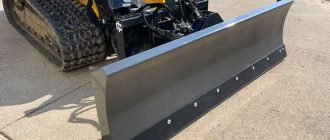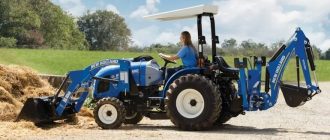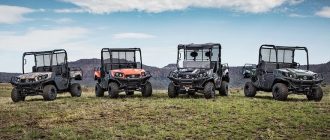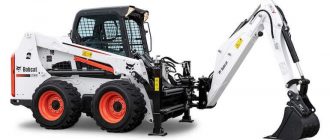The Jeep Willys M38A1, produced from 1952 to 1971, is a robust four-wheel-drive military light utility vehicle renowned for its durability and versatility. Designed as an improvement over its predecessors, the M38A1 featured a new rounded hood to accommodate the more powerful Willys Hurricane F-Head 134 engine.
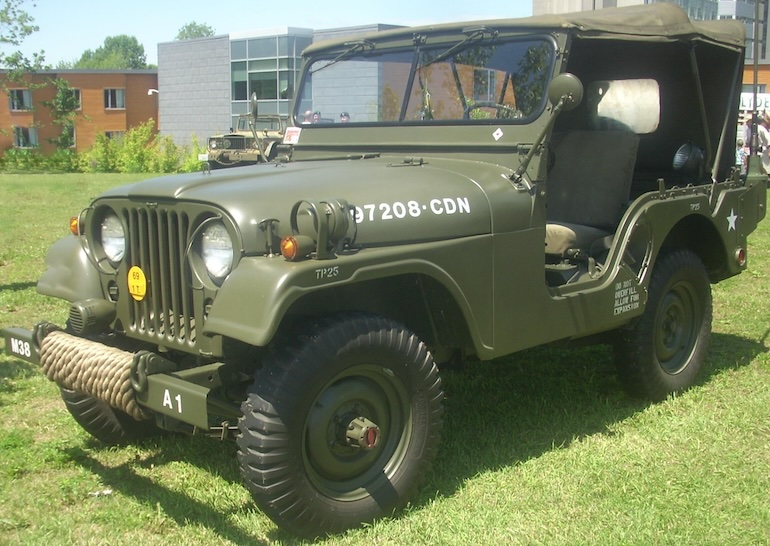
This model marked a significant advancement in military vehicle design, providing enhanced off-road capabilities, improved suspension with leaf springs, and greater reliability in harsh conditions. The Jeep M38A1 served extensively in various military operations, earning a reputation for its rugged performance and adaptability in diverse environments. Its legacy continues to influence modern utility vehicles, making it a cherished classic among military vehicle enthusiasts.
Jeep Willys M38A1 (1941-1945) Dimensions
| Length (overall) | 138.6 in (352 cm) |
| Width (overall) | 60.8 in (154 cm) |
| Height (Top Up) | 73 in (185 cm) |
| Height (reducible) | 56.3 in (143 cm) |
| Tire Size | 7.00 x 16 |
| Wheelbase | 81 in (206 cm) |
| Ground clearance | 9.8 in (25 cm) |
| Weight (curb) | 2,660 lb (1,210 kg) |
Jeep Willys M38A1 Engine Specifications
| Engine Model | Willys Hurricane F-Head 134 inline-four engine (gasoline) |
| Displacement | 134 cu in (2.2 L) |
| Number of Cylinders | 4 |
| Power (gross) | 72 hp (54 kW) @ 4,000 rpm |
| Torque | 114 lb-ft (155 Nm) @ 2,000 rpm |
| Compression Ratio | 6.9:1 |
| Valvetrain | F-head |
Jeep Willys M38A1 Axles & Transmission Specs
| Transmission | 3-speed Borg-Warner T-90 manual |
| Transfer Case | Dana 18 |
| Front Axle | Dana 25 or Dana 27 |
| Rear Axle | Dana 44 |
| Max Speed | 60 mph (97 km/h) |
| Fuel Capacity | 17 gal (64 L) |
| Operational range | 250 mi (410 km) |
Jeep Willys MB Body & Chassis Specs
| Seating Capacity | 2 (plus optional rear seats) |
| Body Style | 2-door SUV Doorless |
| Suspension | Live axles on leaf springs front and rear |
| Layout | Front engine, four-wheel drive |
| Interior | 2 Piece windshield fold-down |
| Electrical System | 24 V |
| Steering | Manual |
The Willys M38A1’s design included several notable features, such as a 24-volt electrical system, waterproof ignition, and deep-water fording capabilities, making it well-suited for challenging terrains and weather conditions.
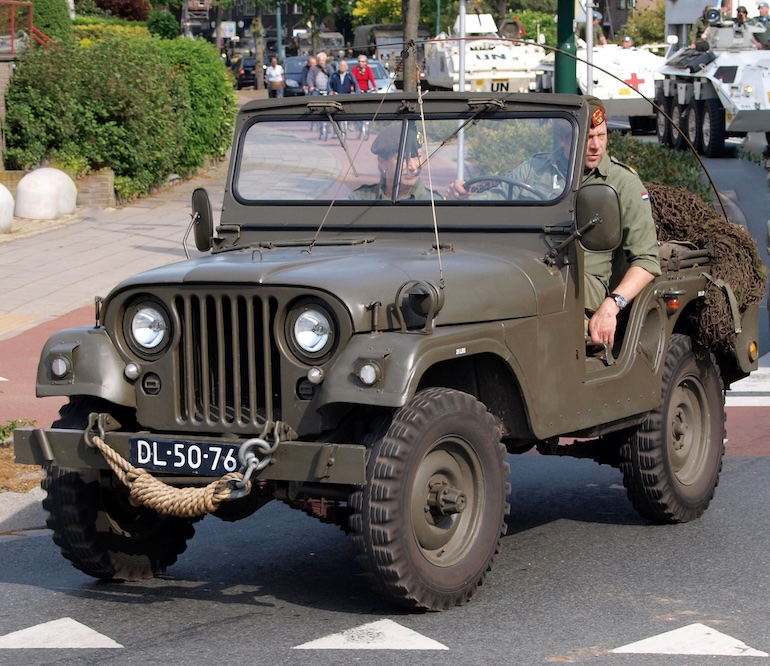
The vehicle’s versatility was further highlighted by its use in a variety of roles, from troop transport and reconnaissance to ambulance and communications duties.
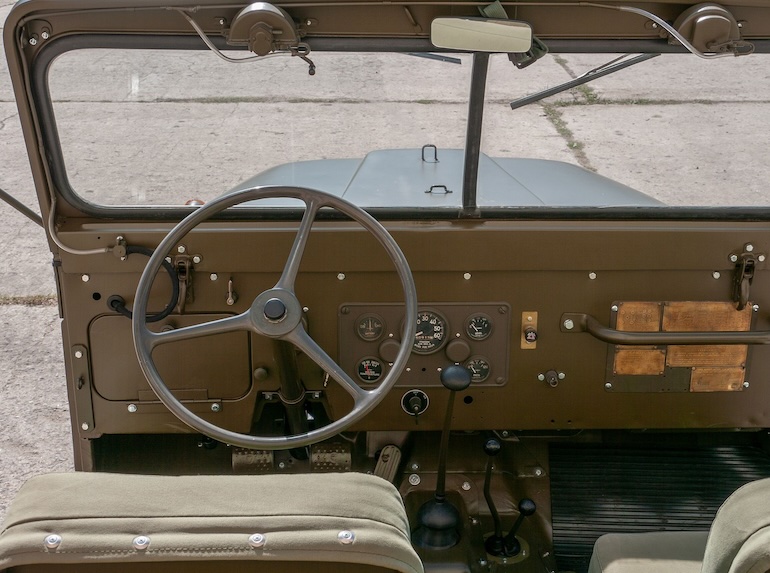
The M38A1’s enduring design and reliable performance ensured its use not only in the U.S. military but also among allied forces worldwide. Today, the Jeep M38A1 remains a popular utility vehicle for restoration and collection, symbolizing a significant era in military automotive engineering.
